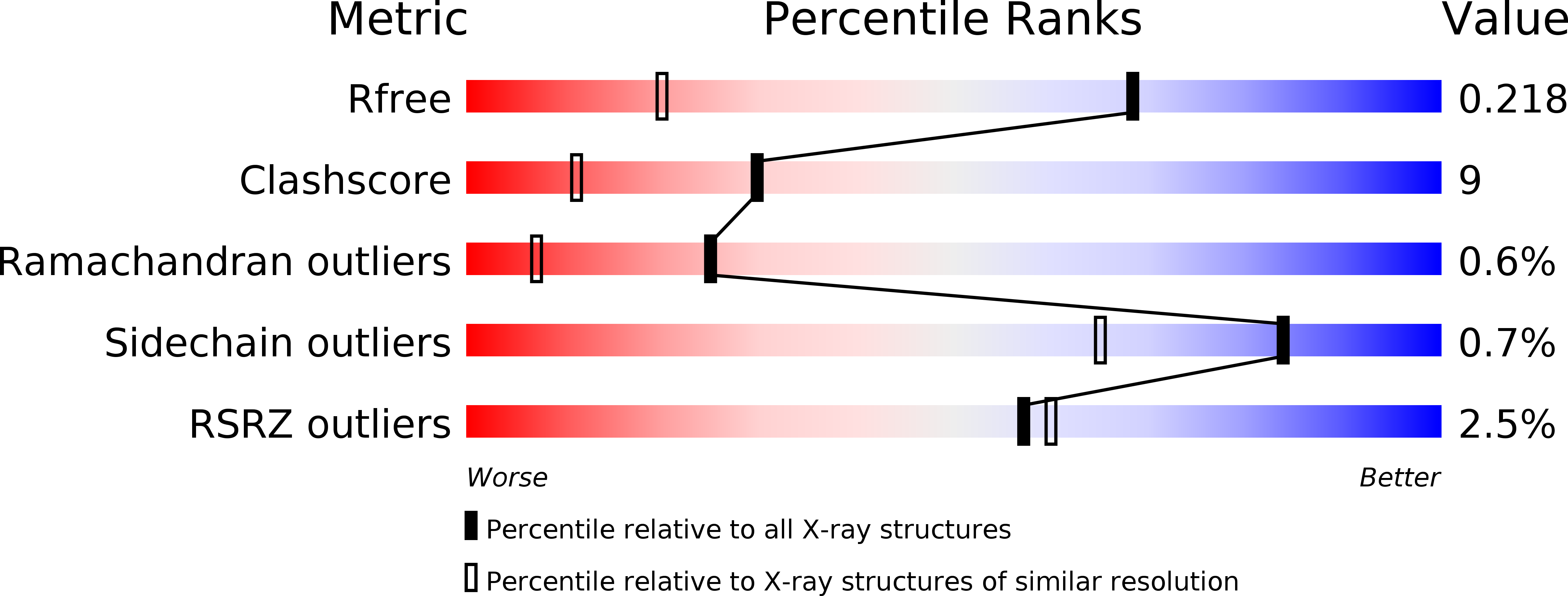
Deposition Date
2004-12-24
Release Date
2006-01-10
Last Version Date
2025-03-26
Entry Detail
PDB ID:
1WVQ
Keywords:
Title:
Structure of conserved hypothetical protein PAE2307 from Pyrobaculum aerophilum
Biological Source:
Source Organism:
Pyrobaculum aerophilum (Taxon ID: 13773)
Host Organism:
Method Details:
Experimental Method:
Resolution:
1.45 Å
R-Value Free:
0.22
R-Value Work:
0.20
R-Value Observed:
0.20
Space Group:
I 41 2 2


